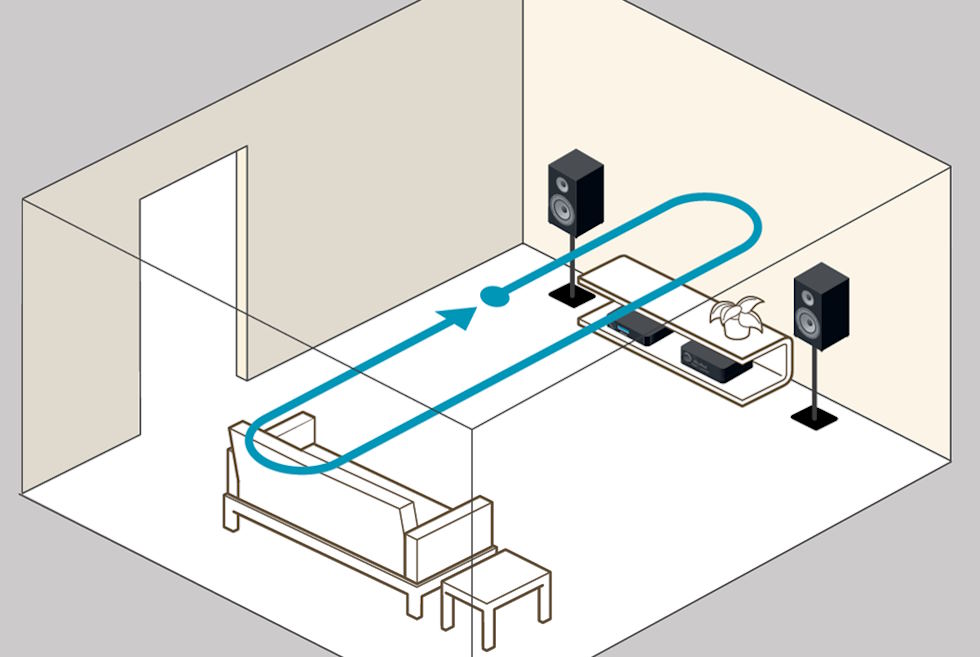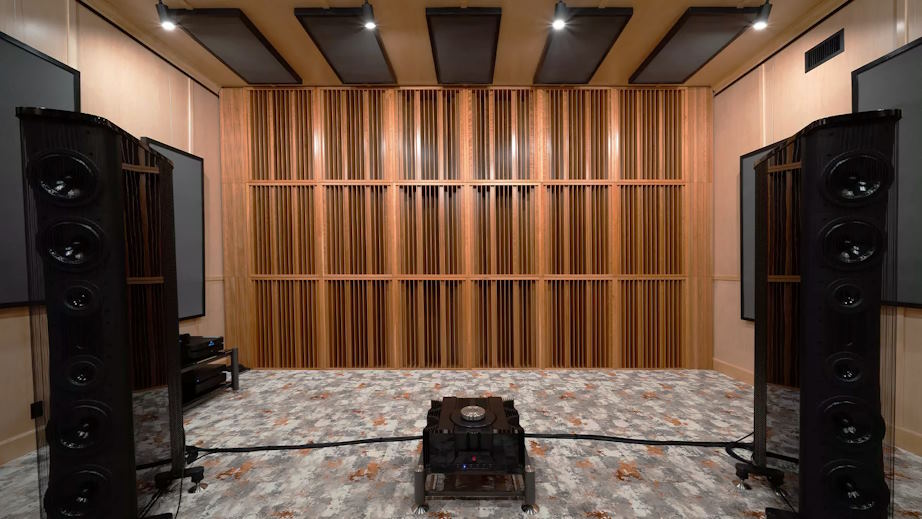As technology continues to push the boundaries of audio reproduction, enthusiasts and casual users alike find themselves seeking more immersive and high-fidelity experiences. Beyond the realm of cutting-edge hardware, the acoustical environment in which these systems operate emerges as a critical determinant of their performance.
Impact of Room Acoustics on AV Receiver Performance
When delving into the intricate relationship between room acoustics and AV receiver performance, reflections and reverberation emerge as key players in shaping the sonic landscape. These phenomena, resulting from sound waves bouncing off surfaces within a room, can significantly impact sound clarity. Unwanted reflections can introduce echoes, distortions, and a muddled auditory experience, particularly noticeable during critical audio moments. For budget AV receiver, navigating these challenges becomes paramount, as they strive to deliver pristine audio reproduction. The complexities lie not only in decoding audio signals but also in mitigating the adverse effects of reflections and reverberations on sound clarity.

Another formidable adversary in the quest for optimal audio quality is the presence of standing waves and room modes. These are resonant frequencies that can create peaks and troughs in the frequency response, leading to uneven sound distribution. AV receivers must contend with these room-specific challenges, as their performance is intricately linked to the room’s acoustic characteristics. In response to standing waves and room modes, AV receivers often incorporate advanced room correction technologies, dynamically adjusting audio output to compensate for frequency irregularities. Understanding and addressing these intricacies are crucial steps towards unlocking the full potential of AV receivers within diverse acoustic environments.
Calibration and Room Correction Technologies
In the pursuit of audio perfection, calibration and room correction technologies stand as the vanguards, ushering in a new era of precise audio optimization within the home entertainment realm. Calibration serves as the initial step, fine-tuning audio parameters to achieve a balanced and accurate sound representation. This process lays the foundation for the implementation of room correction technologies, which go beyond mere calibration by addressing specific acoustic challenges within a given space.

Several noteworthy calibration technologies have risen to prominence, each contributing its unique approach to the quest for sonic excellence. Audyssey, renowned for its MultEQ technology, meticulously analyzes a room’s acoustics and automatically applies corrections to optimize audio performance. Dirac Live takes a sophisticated approach, utilizing advanced algorithms to account for room-specific acoustical anomalies, resulting in a more accurate and natural sound reproduction. Yamaha’s YPAO, the Yamaha Parametric room Acoustic Optimizer, employs parametric equalization to tailor audio settings based on room acoustics, ensuring an optimal listening experience.
These technologies collectively strive to address room acoustics challenges by adapting audio outputs to suit the unique characteristics of each environment. Whether it’s compensating for reflections, taming standing waves, or enhancing overall clarity, calibration and room correction technologies pave the way for a truly immersive and tailored audio experience, transcending the limitations imposed by varying acoustic spaces.




